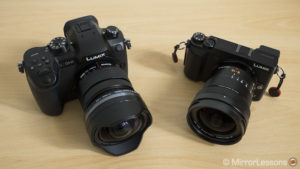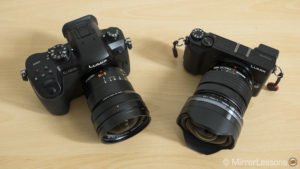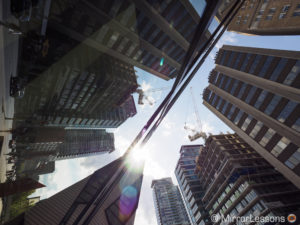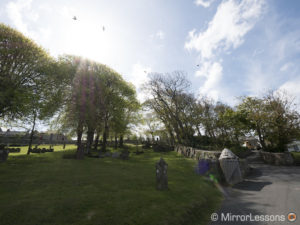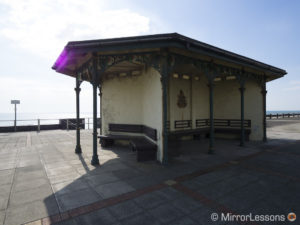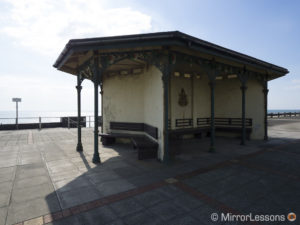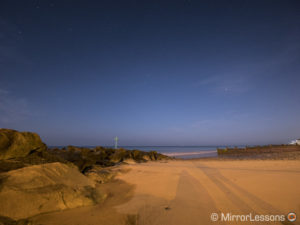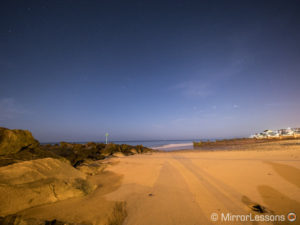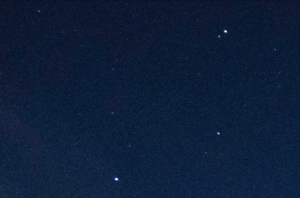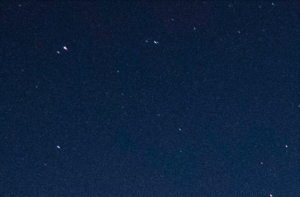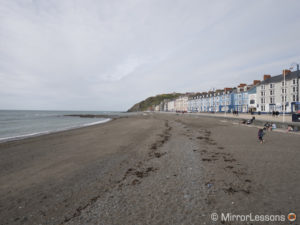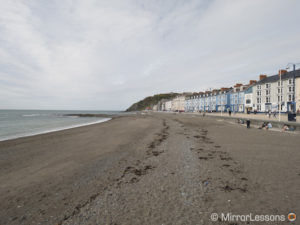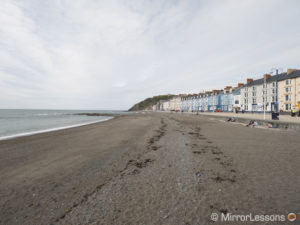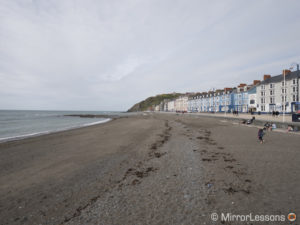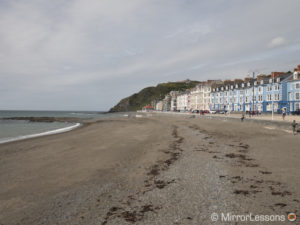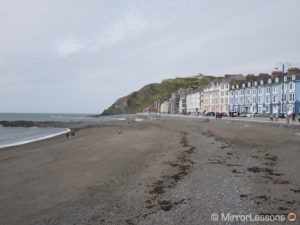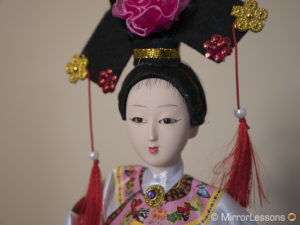When the Panasonic Leica 8-18mm f/2.8-4.0 was announced at Photokina 2016, Micro Four Thirds users soon began wondering how it would compare to the other premium wide-angle zoom for the system, the Olympus M.Zuiko 7-14mm f/2.8 PRO. Though they don’t share an identical zoom range, they are both intended for the same genres: namely landscapes, architecture, and interiors.
Over the past two weeks, we’ve had the chance to test these two premium zooms side-by-side and now that our testing is done, we can finally share our findings with you.
Ethics statement: We were provided with samples of the Panasonic Leica 8-18mm and Olympus M.Zuiko 7-14mm for a three-week loan period. We were not asked to write anything about the lenses, nor were we provided with any sort of compensation. Within the article, there are affiliate links. If you buy something after clicking the link, we will receive a small commission. To know more about our ethics, you can visit our full disclosure page. Thank you!
[toc heading_levels=”2″]
Main Specifications
Leica DG Vario-Elmarit 8-18mm f/2.8-4.0
- Mount: Micro Four Thirds
- Focal length: 8-18mm (16-36mm in 35mm equivalent terms)
- Lens configuration: 15 elements in 10 groups (3 aspherical lenses, 2 ED lenses, 1 aspherical ED lens, 1 UHR lens)
- Lens coating: Nano surface coating
- Angle of view: 107° (wide) or 62°(tele)
- Minimum focusing distance: 23cm
- Magnification: 0.12x
- Aperture blades: 7 circular diaphragm blades
- Aperture range: 2.8 to 22 (wide) or 4 to 22 (tele)
- Filter diameter: 67mm
- Weather-sealing: Yes (dust, splash and freeze proof)
- Optical stabilisation: No
- Dimensions: 88mm x 73.4mm
- Weight: 315g
Olympus M.Zuiko 7-14mm f/2.8 PRO
- Mount: Micro Four Thirds
- Focal length: 7-14mm (14-28mm in 35mm equivalent terms)
- Lens configuration: 14 elements in 11 groups (1 DSA lens, 1 ED lens, 2 aspherical ED lenses, 3 Super ED lenses, 2 HR lenses)
- Lens coating: Z.E.R.O. coating
- Angle of view: 114° (wide) or 75° (tele)
- Minimum focusing distance: 20cm
- Magnification: 0.12x
- Aperture blades: 7 circular diaphragm blades
- Aperture range: 2.8 to 22
- Filter diameter: N/A (integrated lens hood leaves no room for filter thread)
- Weather-sealing: Yes (dust, splash and freeze proof)
- Optical stabilisation: No
- Dimensions: 105.8mm x 78.9mm
- Weight: 534g
Design and Ease of Use
The Pana-Leica 8-18mm and Olympus 7-14mm are both professional wide-angle zooms and thus incorporate many features you’d naturally expect from a high-end product.
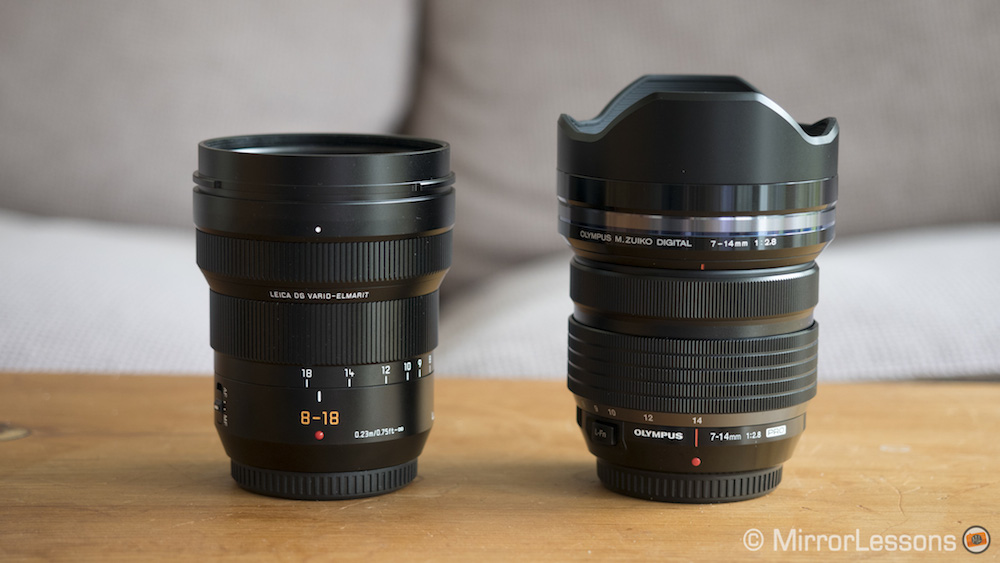
Check the price of the Olympus 7-14mm on B&H Photo.
First is the robust metal construction that is fully dust, splash and freeze resistant down to -10 °C. When paired with a weather-sealed body such as the Panasonic Lumix GH5 or Olympus OM-D E-M1 II, you can venture out into even the most challenging weather conditions without worrying about damaging your gear.
Next we have the various external controls on the barrel. Both lenses come with ribbed zoom and fly-by-wire focus rings that are smooth in operation and well-damped. Along the base of the focus ring, you’ll find all the most important focal lengths clearly and accurately marked.
A unique feature of the Olympus lens is the clutched focus ring. Pulling it back shifts the lens into manual focus mode and reveals a handy distance scale, whereas pushing it forward will switch it back into autofocus mode. There isn’t a distance scale on the Pana-Leica lens but you can switch between auto and manual focus via the dedicated AF/MF switch on the side of the barrel.
Between the two, only the Olympus lens features a customisable button (L-Fn) to which you can assign various functions.
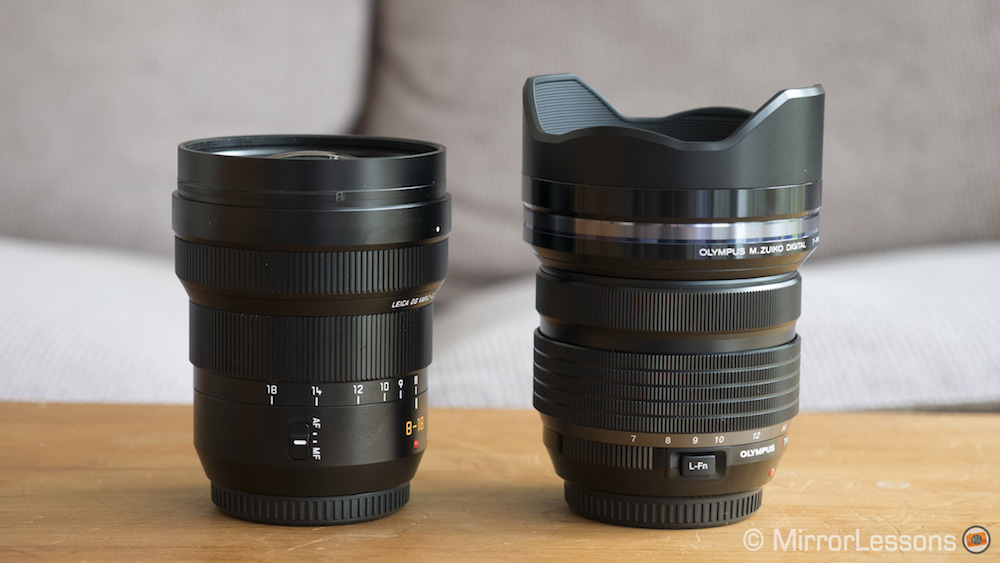
Whereas the Pana-Leica has a variable aperture of 2.8 to 4, the Olympus has a constant 2.8 aperture. This means that the latter gives you a little more versatility for low-light photography (e.g. astrophotography or weddings). The aperture changes that occur on the Pana-Leica are as follows:
- 8mm – 2.8
- 10mm – 3.2
- 12mm – 3.4
- 14mm – 3.6
- 18mm – 4.0.
Comparing them side-by-side, we notice that the Olympus is a little taller, thicker and noticeably heavier than the Pana-Leica. The extra height can be attributed to the integrated petal-shaped lens hood which serves to protect the bulging front element. By contrast, the Pana-Leica has a slightly less convex front element and removable petal-shaped lens hood. When the removable hood is attached, the Pana-Leica actually becomes slightly taller than the Olympus.
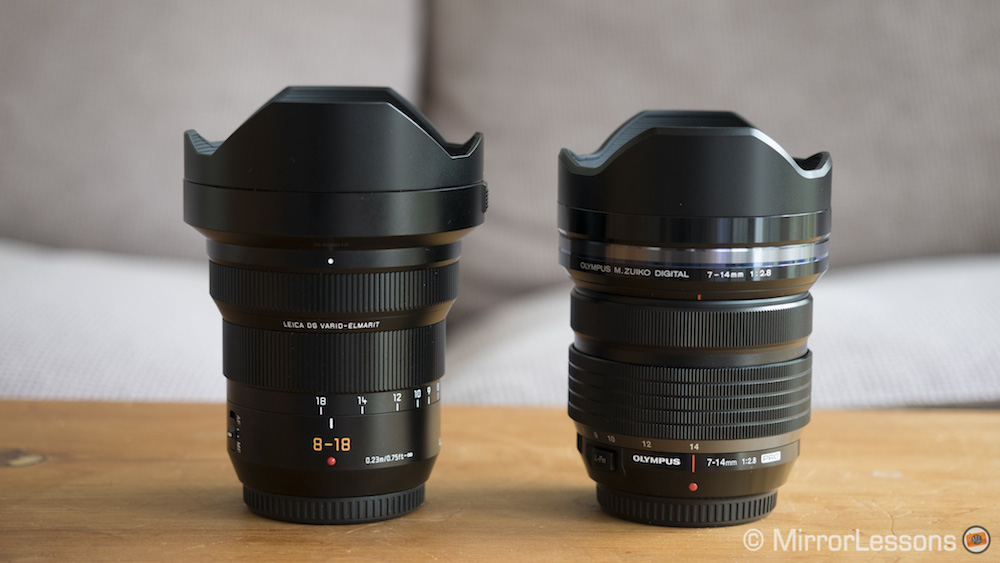
When zooming, the front element of both lenses moves back and forth. The difference is that the Pana-Leica’s front element never protrudes beyond the barrel, whereas that of the Olympus extends almost as far as the tip of the lens hood when set to 7mm, hence the need for hood integration.
The intelligent design of the Pana-Leica has left room for a 67mm filter thread, which will please landscape photographers who often use ND filters. To use filters with the Olympus lens, you’ll require a third-party adapter that fits over the built-in lens hood, such adapter as the SW150 Adapter Ring from LEE Filters (available on B&H Photo).
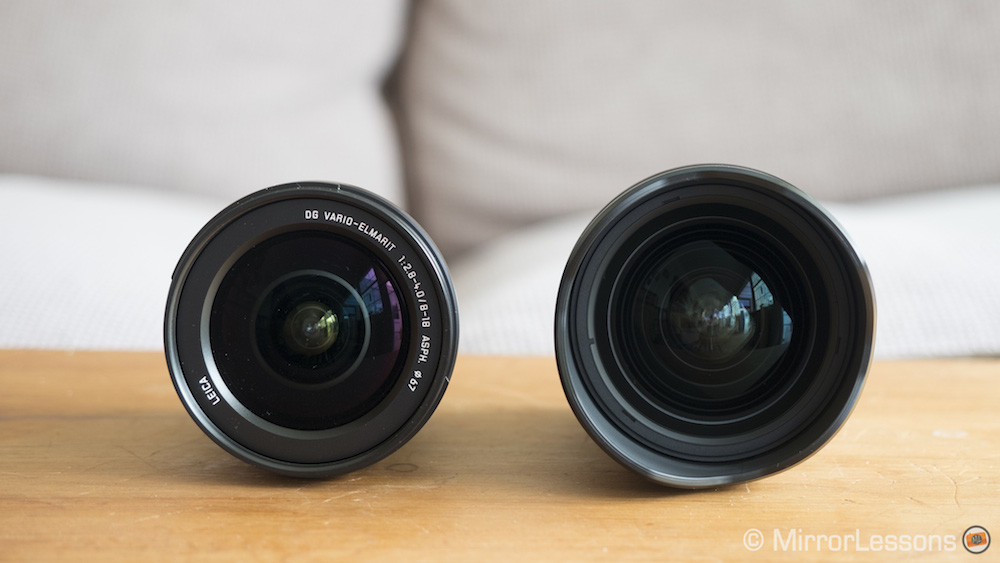
The integrated lens hood of the Olympus has also necessitated an alternative lens cap design. Unlike the Pana-Leica’s lens cap which clips directly onto the front of the barrel, the Olympus’ is a pinch-style cap that slides over the hood and, as Michael Rammell states in his review of the lens, looks a little like a hockey puck!
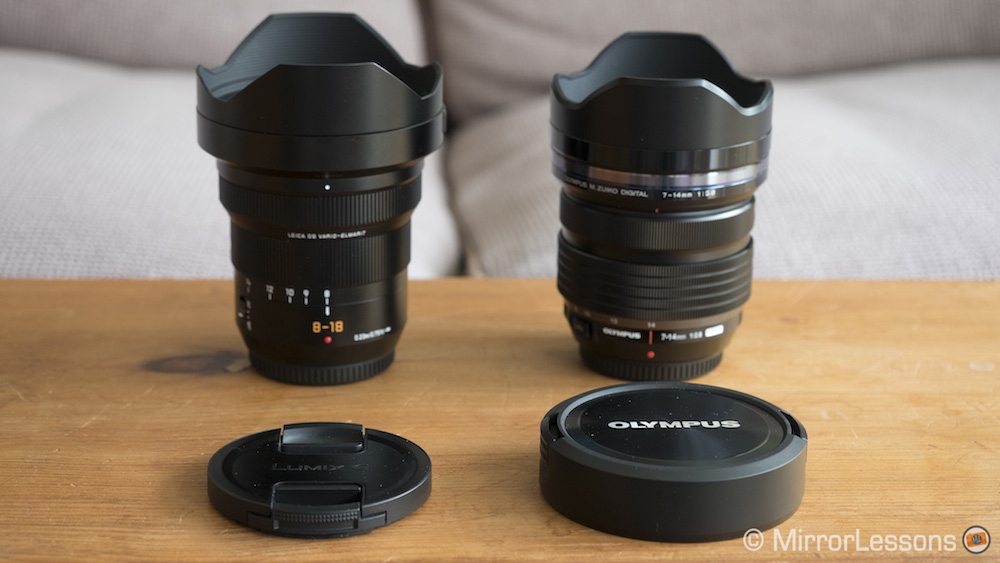
In terms of size and weight, both are a better match for the larger Micro Four Thirds bodies. This is especially true of the Olympus, which weighs over 200g more than the Pana-Leica. However, this doesn’t mean that you can’t use them on the smaller mid-range models such as the E-M5 II or the GX85; it just won’t be as comfortable or as balanced as with a larger body.
Optical Quality


Because the Pana-Leica 8-18mm and Olympus 7-14mm are both professional zooms, they have been designed to deliver some of the best optical quality Micro Four Thirds has to offer. In the following tests, we’re going to see just how the optical performance compares by analysing sharpness, bokeh, flare, distortion and more.
Sharpness
Let’s begin by analysing the performance at a focus distance close to infinity.
Looking at a series of side-by-side crops taken at the focal lengths they share (8mm, 10mm, 12mm and 14mm), the first thing that becomes clear is just how close the performance is across the zoom and aperture range. That being said, there are a few differences in the finest of details that mostly favour the Pana-Leica.
Note that in the crops below, I only included the most interesting examples. The lenses perform best between f/4 and f/5.6 through most of the zoom range and start to suffer from diffraction past f/8 with similar results.
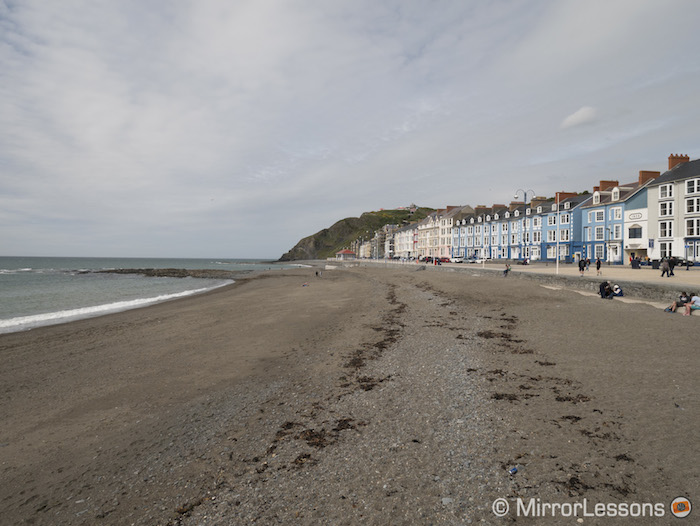
At 8mm and f/2.8, the Olympus is sharper and renders micro details better (look at the scaffolding on the terraced houses and the top of the street lamps). At f/4 the Leica lens catches up and the performance becomes almost identical at f/5.6.
At 10mm both lenses perform equally well at their fastest apertures (f/3.2 for the Pana-Leica) and f/4. At f/5.6 we can notice that the Pana-Leica has a slight advantage that is maintained at f/8 and f/11 as well.
At 12mm, both lenses perform in pretty much the same way at all apertures.
Finally at 14mm, the Leica has a slight advantage at the fastest aperture (f/3.6 vs f/2.8) and the performance becomes the same from f/5.6 once again.
The corner performance is impressive on both lenses and, unsurprisingly, is once again very similar. The only focal lengths at which the Pana-Leica appears to have a tiny advantage are 10mm and 14mm at the fastest aperture.
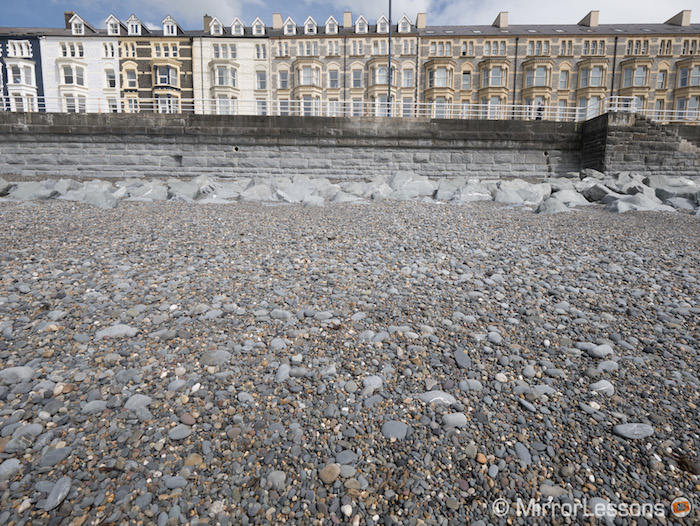
At 10mm, the Pana-Leica does better at the fastest aperture and maintains an ever-so-slight advantage up to f/5.6.
At 12mm, the two lenses perform identically at all apertures.
At 14mm, the Leica has a slight advantage at f/3.6 but the two lenses perform similarly at f/5.6
At a close focus distance, the differences between the two lenses become a little more apparent.
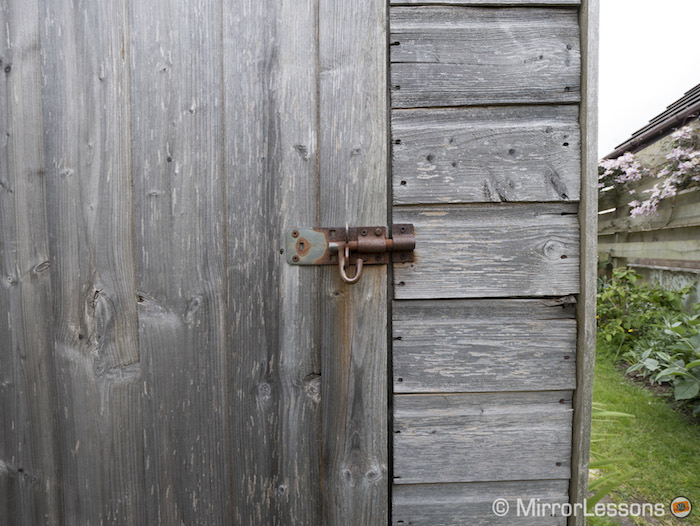
At 8mm and f/2.8, the Olympus lens is actually a little sharper than the Pana-Leica at the same value. However, as you stop down, the results become almost identical.
As you zoom in beyond 10mm, the Pana-Leica lens once again takes a small lead, providing a little more sharpness at all aperture values.
So, what about the focal lengths they don’t share?
Well the good news is that both the Olympus at 7mm and the Pana-Leica at 18mm deliver great results at the centre and in the corners, just as they do at the other focal lengths. 7mm on the Olympus performs similarly to 8mm, whereas 18mm is very close to 14mm on the Pana-Leica. The only interesting thing to note is that the Olympus at a close focus distance is sharper at f/2.8 than at any of the other apertures. Below you can see a couple of sample crops.
The moral of the story is that these two wide-angle zooms perform in a very similar manner across the board. And although the Pana-Leica is a ever-so-slightly sharper at some values, I wouldn’t recommend it over the Olympus lens for that reason alone.
Bokeh


Neither the Pana-Leica nor the Olympus lens has been designed to produce a stunning bokeh but by focusing close and using the fastest aperture available, you can achieve some interesting results.


Since the Olympus lens has a constant aperture of 2.8, you can achieve a slightly more pleasant out-of-focus rendering at 10mm, 12mm and 14mm compared to the Pana-Leica whose aperture is variable between 2.8 and 4.
Of course, the Pana-Leica is aided by its slightly longer focal length of 18mm, which helps to blur the background and create more subject/background separation.
Flare
Flare can occur quite frequently at the shortest focal lengths, especially on the Olympus lens. This is because the front element is very exposed and the hood doesn’t do enough protect it. Even when the sun or other strong sources of lights aren’t in the frame, flare and ghosting can appear quite easily. The Pana-Leica lens produces smaller flares and the hood protects the front element a little more. Below you can find a few examples.
Update: Since many of you have been asking whether purple flare occurs with the Pana-Leica 8-18mm on Olympus bodies, I performed a few tests on our OM-D E-M1 to see if this is the case. The answer is that while it can sometimes occur, it can easily be eliminated simply by adjusting the composition by a millimetre or two, and the same rule applies to most MFT lenses. Below is a good example:
Chromatic Aberration, Coma, Vignetting and Distortion
I was happy to discover that chromatic aberration isn’t an issue on either lens.
If you plan to use these lenses for astrophotography, the good news is that they suffer from very little comatic aberration when set to their respective widest angles.
Despite being extreme wide-angle zoom lenses, the Pana-Leica and the Olympus display very little barrel distortion at the widest angles and only very minor vignetting at the fastest apertures. This is owing to the in-camera software corrections that are applied to both the JPGs and RAW files.
Field of View
Although the two lenses share a number of key focal lengths – namely 8mm, 10mm, 12mm and 14mm – we did notice that the Olympus produces a marginally wider field of view. Notice how in the following examples taken at 8mm and 14mm you can see more of the building on the right in the Olympus image.
Below I’ve also included two additional sets of examples that show the difference between a) 7mm on the Olympus and 8mm on the Pana-Leica and b) 14mm on the Olympus and 18mm on the Pana-Leica.
Minimum Focus Distance
The Olympus lens can focus a little closer than the Pana-Leica at all focal lengths (20cm vs. 23cm) but the difference is minimal in a real-world situation. The truth is that such a close focusing distance isn’t very practical with either lens because you can wind up casting a shadow on your subject.
Below you can see some examples of the minimum focus distance of each lens. To reduce the shadows on the doll’s face in examples 1, 3 and 4 below, I shone a light between the lens and the subject. The only focal length at which shadows weren’t an issue was 18mm on the Pana-Leica (example 2). Note that the doll’s face is approximately 4cm long.
Autofocus and Manual Focus
For this comparison, we mainly used the two lenses on the Lumix GX85 but as you can see from our sample images below, we also used the Olympus lens on the E-M1 and E-M5 II during our 3-week trip to Canada and the Leica lens on the GH5 for stills and video. Regardless of the camera used, we found the autofocus quick, accurate and reliable. For this reason, both would make an excellent companion for weddings and events where wide angles and a fast aperture can come in handy.
The manual focus experience is good on both lenses as well, though you probably won’t feel the need to switch over to MF all that often unless you are doing astrophotography. Both rings offer a good resistance and the ribbed design makes them easy to grab onto.
In the case of the Pana-Leica lens, the number of turns required to travel from infinity to the minimum focus distance depends on how quickly or slowly you turn the ring. Specifically, it takes 1 1/4 rotations to travel the distance if you turn the ring quickly and up to 4 turns if you turn it slowly. Note that if you turn the focus ring too slowly, the camera doesn’t always register that it’s being turned.
With the Olympus lens, it doesn’t matter how quickly or slowly you turn the ring when positioned in MF mode: it will always require a quarter-rotation, which can be useful for video work with a follow focus. (The Pana-Leica’s, by contrast, turns indefinitely.)
Finally, whereas the Pana-Leica behaves like a parfocal lens in that the focus doesn’t change when you zoom out from 18mm, the Olympus is clearly varifocal. This makes the former a more interesting option for video work.
Conclusion
As we’ve seen throughout this comparison, the Pana-Leica 8-18mm and Olympus M.Zuiko 7-14mm perform in a very similar manner, and are thus both perfectly capable of satisfying professional needs.
The differences in sharpness are minute, and the way in which they handle distortion, vignetting, and chromatic aberrations is very similar. (The Olympus lens can suffer more from flare due to the exposed front element.) Their out-of-focus rendering when set to the same value is almost identical and both have an excellent minimum focus distance and a fast and reliable autofocus mechanism. Even the build quality is more or less the same.
All this said, were I faced with the decision myself, I’d probably choose the Pana-Leica for three main reasons.
First, I like the versatility of the 8-18mm (16-35mm equivalent) range and the extra reach on the telephoto end, even at the expense of the extra millimetre on the wide end. Second, having a built-in filter thread for ND filters is more convenient than having to attach a third-party adapter, not to mention less expensive. Finally, the Pana-Leica, being smaller and lighter than the Olympus lens, conforms more to the ethos of the Micro Four Thirds system.
There is one characteristic, however, that only the Olympus lens offers and that is the constant 2.8 aperture.
In situations where you can take advantage of the in-body stabilisation of Olympus or Panasonic cameras, it might not be a deal-breaker but when working in poor light conditions where you can’t use overly slow shutter speeds, an 2.8 aperture can help you to avoid the higher ISO values. It is also handy for astrophotography, not only because you can keep your ISO values down once again, but also because regardless of the focal length you choose for your composition, you’ll always have access to the 2.8 value.
As for the price, the Olympus lens will set you back $100 / £50 more than the Pana-Leica but since it is an older product, you may be able to find it for less second-hand.
Choose the Panasonic Leica 8-18mm f/2.8-4.0 if you:
- often use ND filters and don’t want to invest in a separate adapter
- like the idea of having those extra 4mm on the telephoto end
- do a lot of video work (parfocal behaviour)
Choose the Olympus M.Zuiko 7-14mm f/2.8 PRO if you:
- can benefit from the constant 2.8 aperture for astrophotography
- often work in poor light conditions
- find a good deal on the lens (it is two years old, after all)
Check price of the Panasonic Leica 8-18mm f/2.8-4.0 on
B&H Photo | Amazon | Amazon UK | eBay
Check the price of the Olympus M.Zuiko 7-14mm f/2.8 PRO on:
B&H Photo | Amazon | Amazon UK | eBay
Used Panasonic lenses on
Used Olympus lenses on
You may also be interested in:
- Panasonic Leica 8-18mm f/2.8-4.0 vs Panasonic Lumix 7-14mm f/4 – Complete comparison
- Panasonic Lumix 7-14mm vs. Olympus M.Zuiko 7-14mm – Quick comparison
- Panasonic Leica 8-18mm f/2.8-4.0 vs Olympus M.Zuiko 9-18mm f/4-5.6 – Complete comparison
Sample Images
Panasonic Leica 8-18mm f/2.8-4.0










Olympus M.Zuiko 7-14mm f/2.8 PRO











